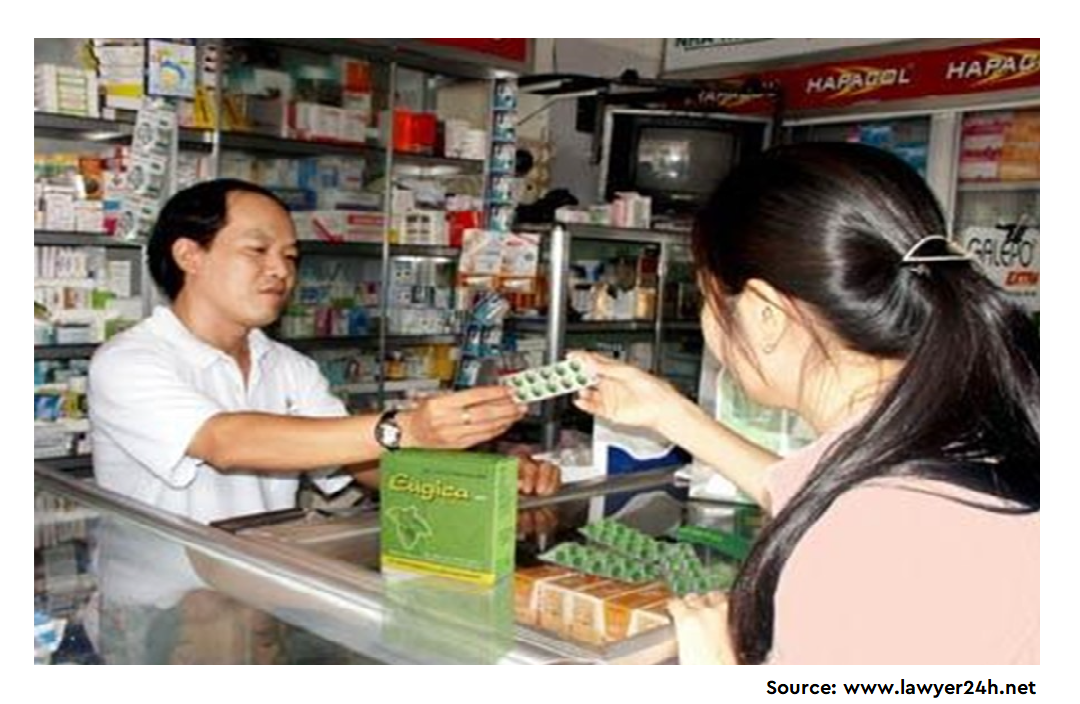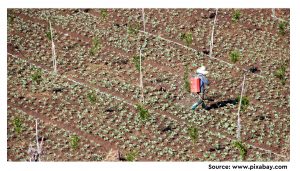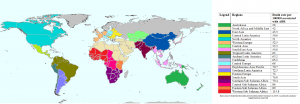Self-medication and over the counter medication are very common practice in low- and middle-income countries (LMICs) like India. The use of antibiotics without prescription is enlisted among the most important causes of antibiotic resistance (ABR). The unwise and frequent consumption of non-prescribed antibiotics (NPA) is persisting in LMICs where a robust antibiotic surveillance system is lacking.
A systematic review and meta-analysis were conducted by Torres et.al to understand the use of non-prescribed antibiotics; prevalence estimates in low-and-middle-income countries. A total of eleven studies were included in the review. The authors described NPA as the administration of antibiotics without health care professional oversight and prescription, for self-medication, the use of leftover from the previous course, the storage of antibiotics for emergency purposes and further use, the use of antibiotics recommended or advised by pharmacists or pharmacy personnel, sharing antibiotics or antibiotic prescriptions with friends or family members, all to treat self-perceived illnesses.
The pooled prevalence of NPA utilization was 78% in LMICs. The main sources of NPA were family members and friends, city or community pharmacies, old prescriptions re-utilized at the pharmacies, leftovers from previous prescriptions or sickness events, drug dispensers and drug stores, home cabinet, supplied by health care workers and following advertisements, magazines and internet.
Lack of detailed knowledge and awareness, rationales, and health-seeking behavior as well as social determinants of health influences the prevalence of NPA utilization. Hence, Strict implementation of restrictions on over-the-counter sales of antibiotics is found to be helpful in reducing NPA consumption. There is an urgent need to strictly implement the policies and guidelines on prescribing and dispensing antibiotics to address the issue in LMICs.
To read the entire article, kindly visit the website of Archives of Public Health (LINKS)







